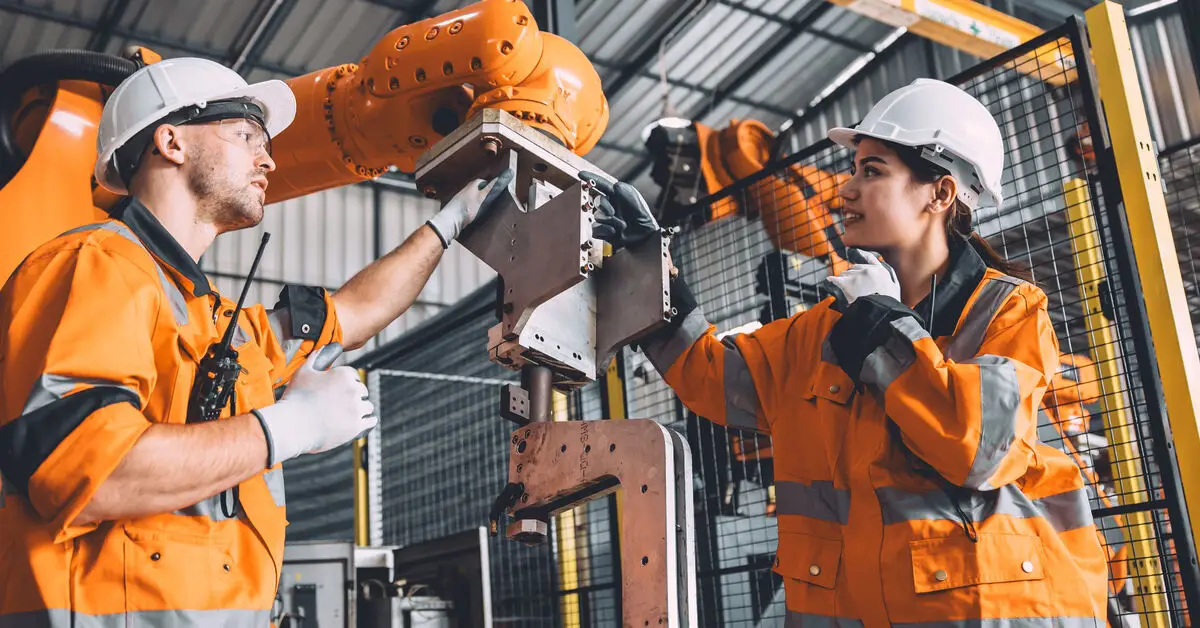
Automation has touched nearly every aspect of manufacturing and construction, and welding is no exception. Business owners and contractors now have the option to integrate automated systems into their workflow. If you’re in charge of a facility, it’s time to consider whether you should automate your welding processes.
Increased Productivity and Consistency
Automated welding provides a repeatable process that yields consistent results. Unlike manual welding, which depends on the skill and endurance of individual welders, robots can work continuously without fatigue.
For example, a piping contractor managing large-scale projects can benefit from the steady output of automated systems to meet tight deadlines. However, this benefit depends on your workload. Manual welding may still have its place if your projects vary in complexity.
Long-Term Cost Efficiency
The upfront investment in automation is substantial. However, these systems can reduce costs over time by cutting labor expenses and material waste. Automation optimizes welds, minimizing errors and the resources needed for rework. It can quickly pay off for businesses handling high-volume, repetitive fabrication jobs. That said, if your workload fluctuates heavily, the return on investment may take longer to realize.
Narrowed Gaps in Skilled Labor
The skilled labor shortage in the welding industry is an ongoing challenge. Automated welding can help fill this gap, allowing contractors to maintain productivity when experienced welders are scarce.
For instance, a contractor managing multiple construction sites could simplify operations by delegating repetitive tasks to machines while focusing their skilled team on more intricate projects. SEC Industrial specializes in helping contractors adopt systems that address workforce limitations without compromising quality.
Enhanced Safety
Manual welding exposes workers to burns, fumes, and equipment malfunctions. Automation reduces these risks by taking over dangerous tasks, creating a safer working environment. However, safety doesn’t end with automation.
Robotic systems require trained operators who understand how to program, monitor, and maintain the equipment. Proper training is critical to make automation efficient and safe.
Flexibility for Complex Jobs
While automation handles repetitive tasks efficiently, certain projects demand finesse and problem-solving capabilities only skilled welders can bring. Irregular shapes or specialized repairs may be less suited for robotic processes. Before deciding to automate, assess the scope of your projects to determine how often automation would fit the demands of your operations.
When To Make the Shift
Businesses that handle large-scale, repetitive welds gain more from automating their processes. On the other hand, operations that focus on customization or uniquely challenging welds may benefit from sticking to manual methods. If you’re still wondering whether you should automate your welding processes, consider your job volume, the complexity of your welding needs, and your available labor force.
Automation is worth exploring for contractors looking to improve efficiency and reduce long-term costs. The experts at SEC Industrial can help you integrate robotic welding equipment into your workflow seamlessly. Our team can provide the support you need for your operations and business goals.